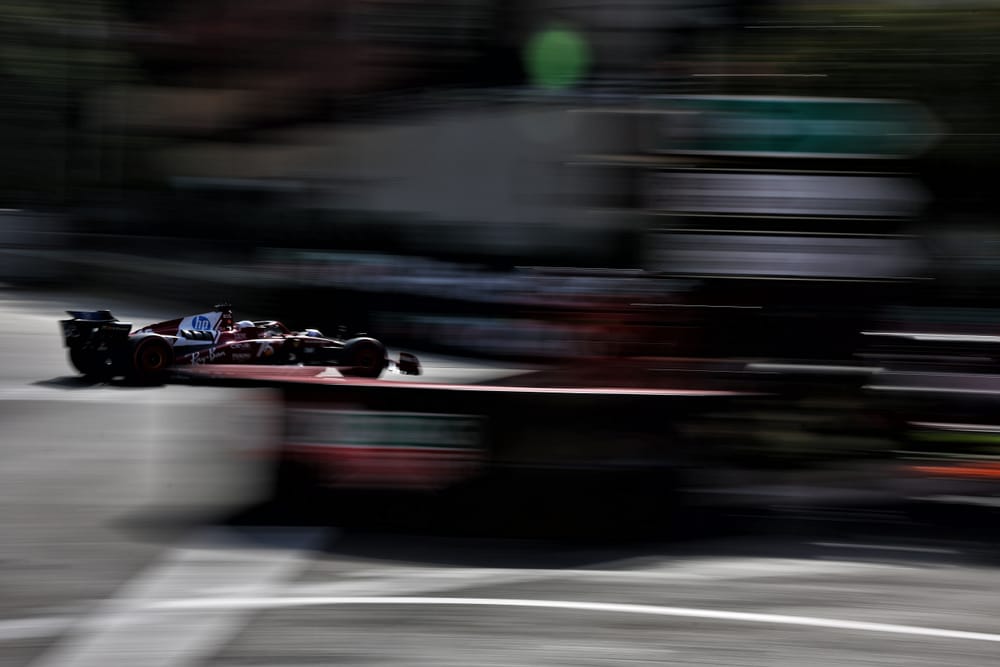There was just a tenth in it between Lando Norris's pole-setting McLaren and the Ferrari of Charles Leclerc, which had set the Monaco Grand Prix circuit alight throughout the practices. The true picture between them was only revealed on their final Q3 laps.
McLaren was pretty quick immediately too. Norris especially. But Leclerc was spectacular, on a no-compromise mission for pole as soon as the cars started running, finding ever-more from stretching his personal elastic around here in a way only he can do.
There's something about this track which rewards his commitment more than any other - and so he gives it all. His progress through Tabac in particular was astonishing. After looking at his GPS traces from FP2 - fifth gear at 183km/h versus the McLarens's fourth gear at 178km/h - Norris asked team-mate Oscar Piastri: "Do you think you can do that?"
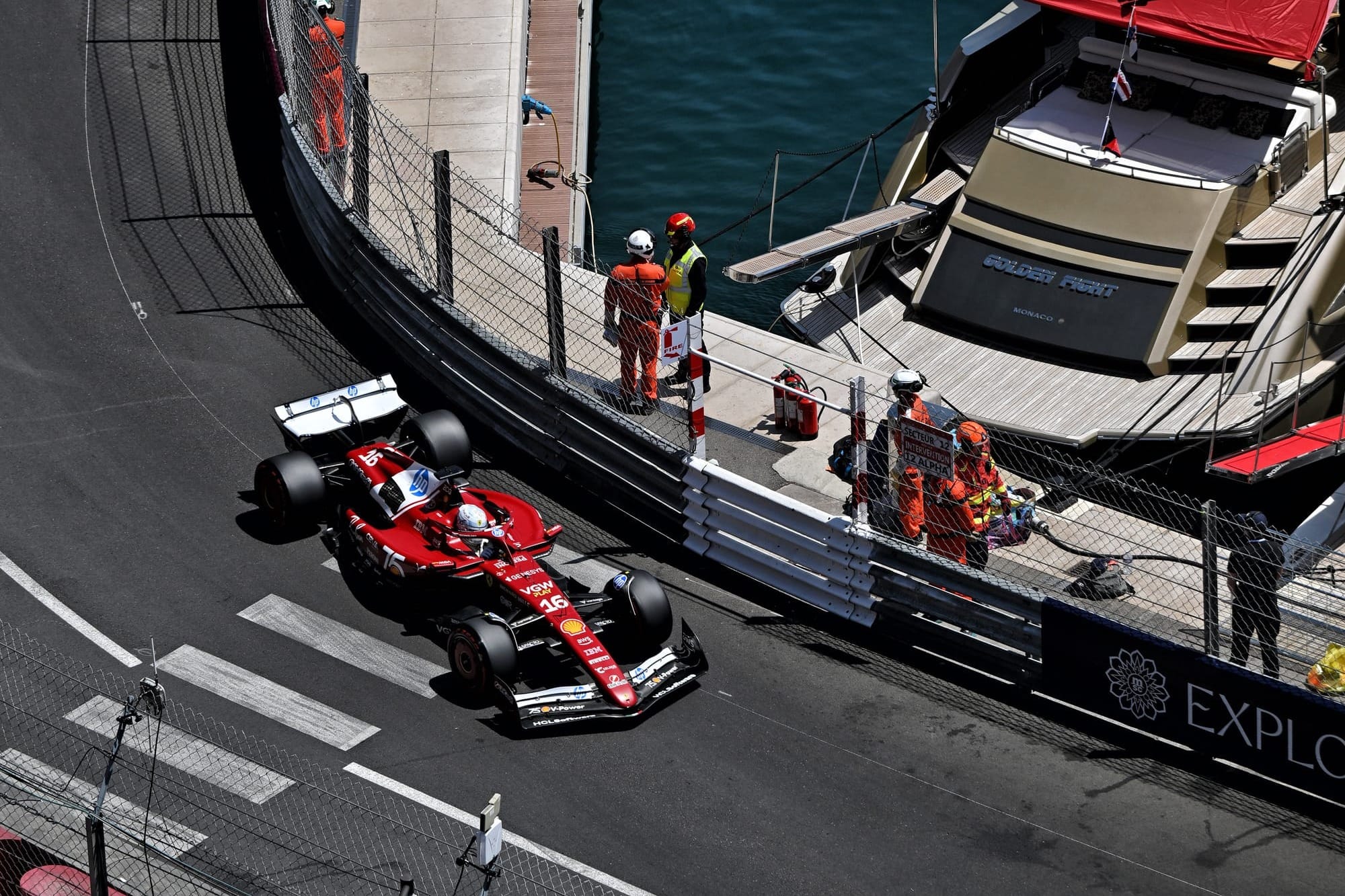
"I think you should try it first," replied Piastri.
That gung-ho attack borne of the confidence Leclerc takes from the way the Ferrari handles the bumps and short corners of this place (in just the way of all Ferraris for the last five years) made for a particularly vibrant picture given the car's recent poor form.
McLaren by contrast built its weekend steadily, didn't run as much power unit mode on Friday, concentrated instead on finding that tricky Monaco trade-off between mechanical grip and balance.
It was great under braking - both Norris and Piastri able to brake way later than Leclerc into Mirabeau - but lost out to the Ferrari on acceleration out of the turns, that super-responsive low-down grunt of the Ferrari power unit perfect for punching out of Mirabeau, the hairpin, Turn 7 and Portier.
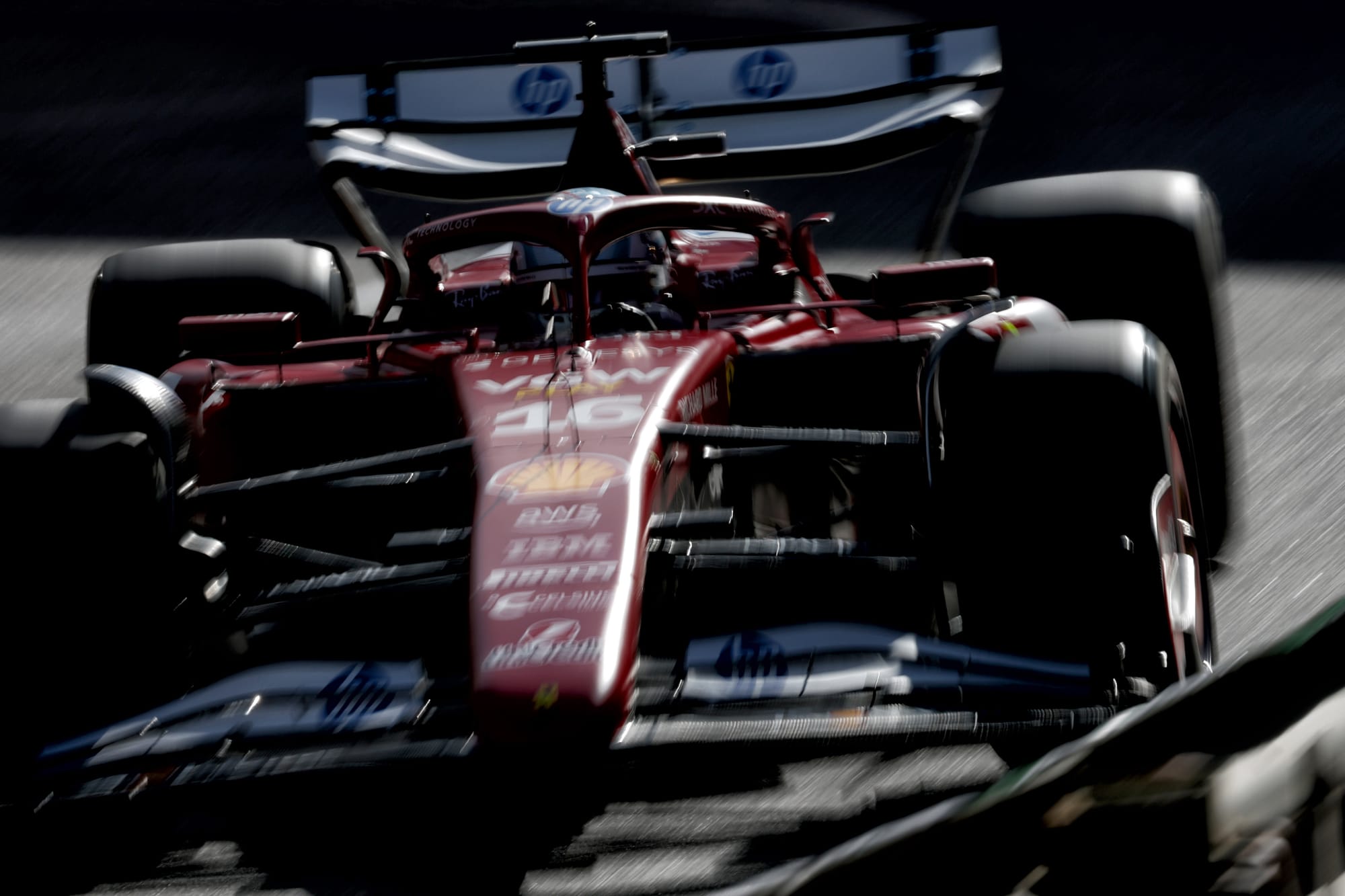
Fast-forward to those final qualifying laps and by the time they've exited Portier, Leclerc is 0.27s ahead of Norris, having entered Mirabeau about level. The McLaren doesn't clamber over the kerbs as well, and looks a stiffer car than the Ferrari around here. It was taking time from the Ferrari into the turns but losing out to it on the exits.
Leclerc was still finding time through Tabac, still a gear up, but the Ferrari's advantage was lost through the last two corners, Rascasse and Nogues. That acceleration advantage was no longer there, quite probably as the rear tyres were now hotter than those of the McLaren's.
For all that McLaren has been enjoying a much more competitive 2025 than Ferrari, this was still something of a breakthrough for the team, as Monaco has traditionally been one of its weaker circuits whereas for Ferrari it's been its absolute strongest.
"Ferrari have a tradition of being very competitive in Monaco so definitely they will have had good references coming from the past," said McLaren’s Andrea Stella. "Whereas for us this level of competitiveness here is a pretty decent step forward in being able to compete here and if anything we needed to experiment with our set-up options to see where we needed to put the needle in terms of the compromises needed here."
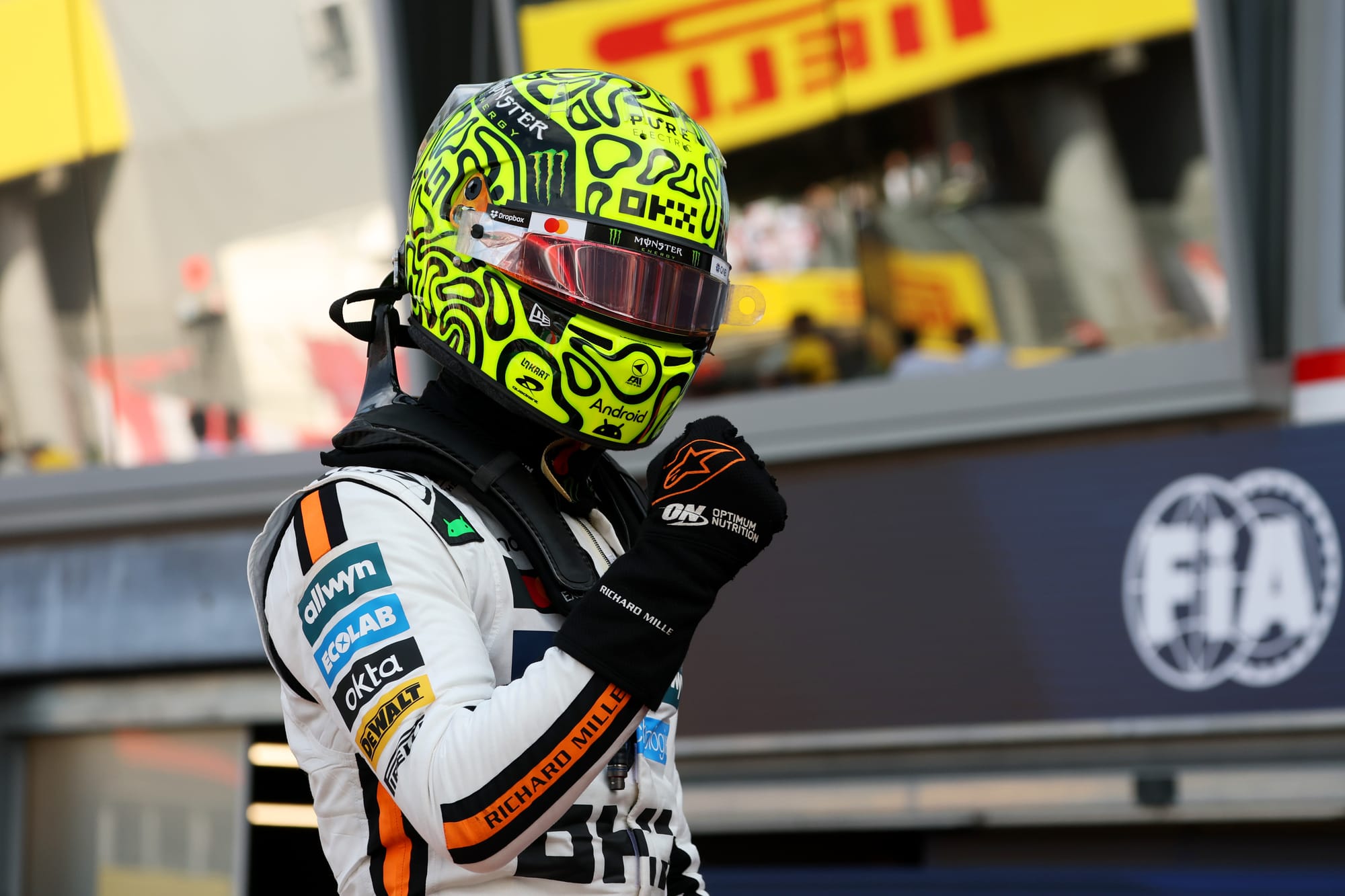
That all levelled out over the respective laps as advantage Norris by 0.109s. Did that represent an underperformance from Ferrari? Was there a way in which Leclerc might have found that? Maybe.
"On the first run of Q3, I had Max [Verstappen ahead] in the second sector," said Leclerc, "and lost a lot of laptime there. So, obviously, when you don’t have that first time in Q3, then you have a little bit less confidence to go flat out on the second run.
"I don't think this made the difference at the end of the day, though."
Then there were the respective run plans of the two teams. McLaren ran a 'one plus three', which could just be squeezed into the available Q3 time: one single-lap run, a second push-cool-push. The Ferraris, fuelled for a single lap, therefore had newer tyres on their respective final laps.
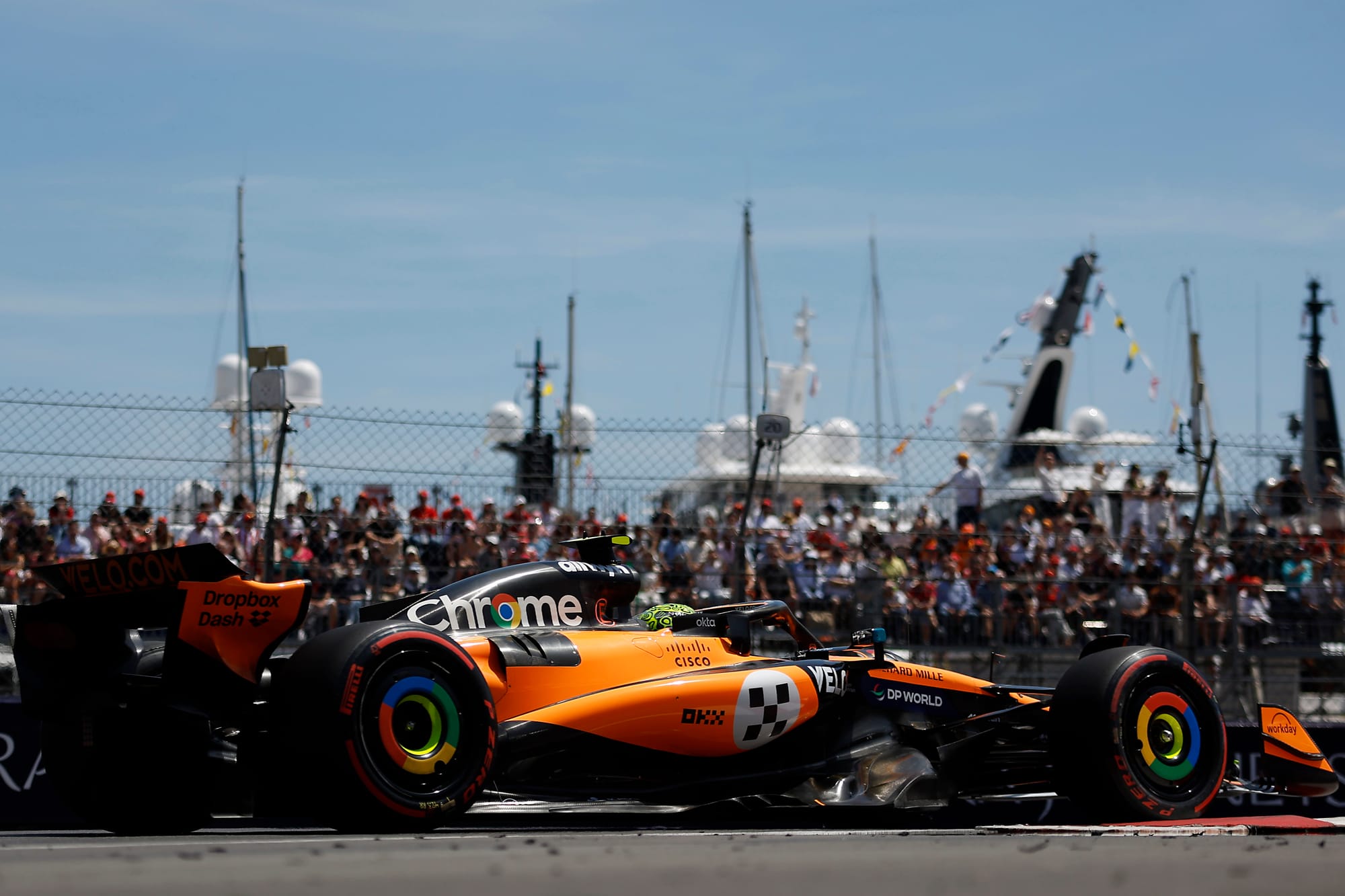
But there were a couple of advantages to the McLaren method: it made it easier to balance the front and rear tyre temperatures on the second lap. Probably because of that, both Norris and Piastri found the tyre easier to manage on the second lap.
Norris's first was six hundredths slower than Leclerc's single lap while carrying more fuel. But on his final flyer he found time from that better balance. "The [soft] C6 tyre is a little peaky when new," explained Stella. "Both drivers felt it was better when slightly used and they could more fully exploit it then." That may not necessarily have been true of the Ferrari, of course.
Piastri lined the second McLaren up third, 0.175s adrift after a slightly messy final lap on which his outer rear tyre kissed the wall a little harder than ideal a couple of times. It was as if he never quite recovered momentum lost to Norris when he crunched the McLaren's nose into the Ste Devote tyre barriers in FP2.
Fully understanding the crucial importance to be on pole here of all places, he may have over-striven. Norris had arrived here in an apparent Zen-like state and was quite frank in the work he has been doing on himself. Maybe that played a crucial part too.
Lewis Hamilton, fourth quickest in the second Ferrari, was over 0.3s off Leclerc's pace, crashed at the end of FP3 earlier in the day, and received a three-place grid drop for impeding Max Verstappen after a radio misunderstanding.
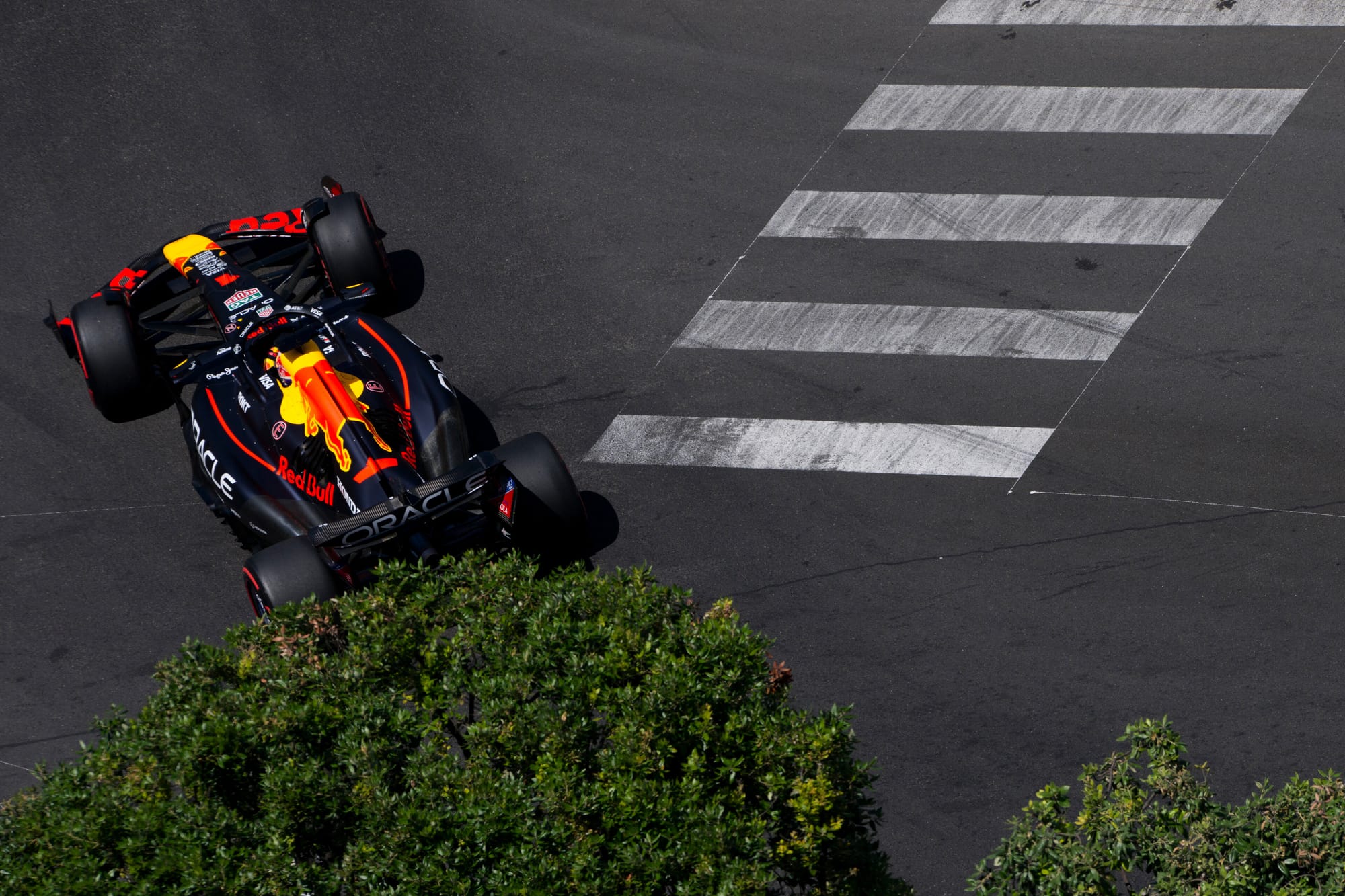
The penalty moved Verstappen up to the second row but on this weekend Red Bull wasn't quite able to decode the RB21 from Friday into Saturday. Constantly on the edge of entry oversteer, it didn’t like the C6 tyre and in hindsight may have benefitted from the push-cool-push approach.
Mercedes failed to record a Q2 time with either car after Kimi Antonelli crashed out at the Nouvelle chicane at the end of Q1 and George Russell's car lost electrical power on his first Q2 lap. But even up to that point, it looked to be missing around 0.5s of ultimate pace.
So that's the performance bit of the weekend done. Now comes the potentially crazy strategy game.


